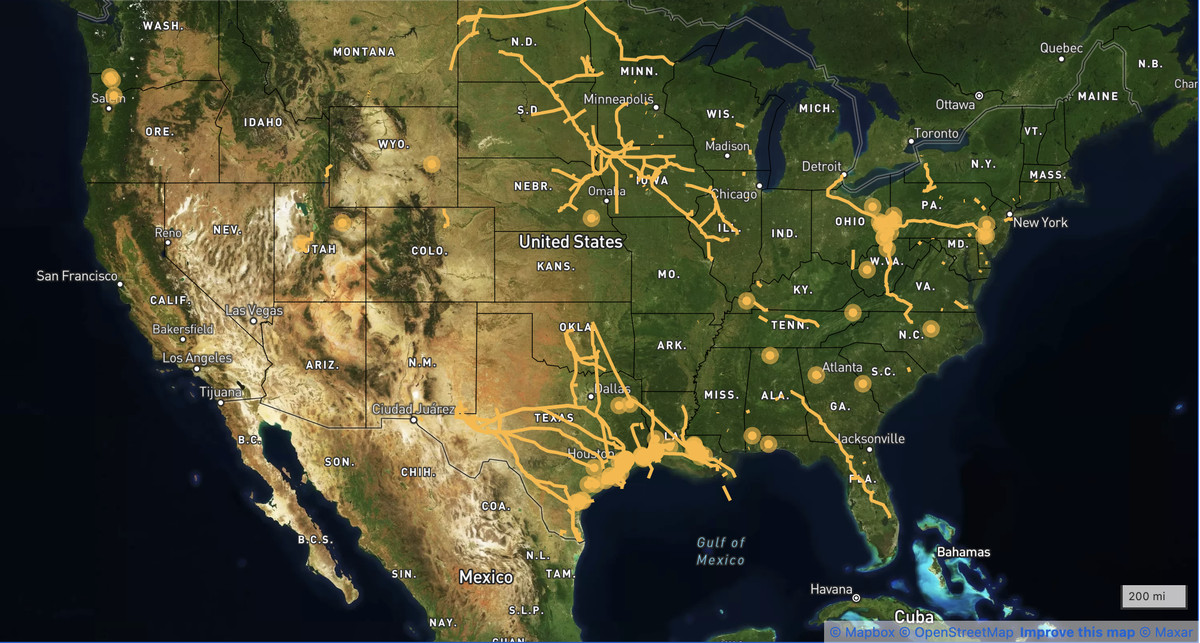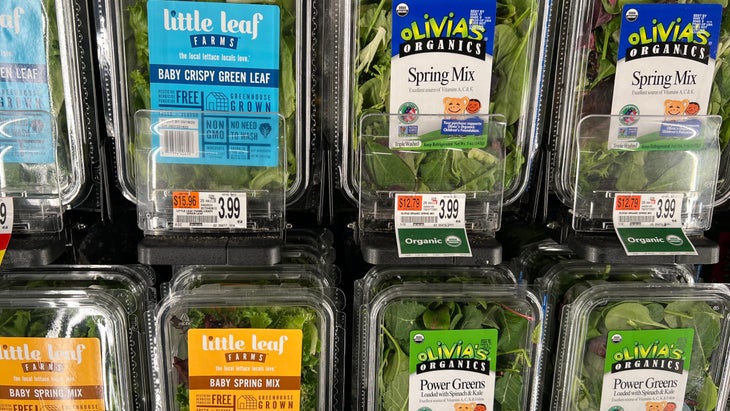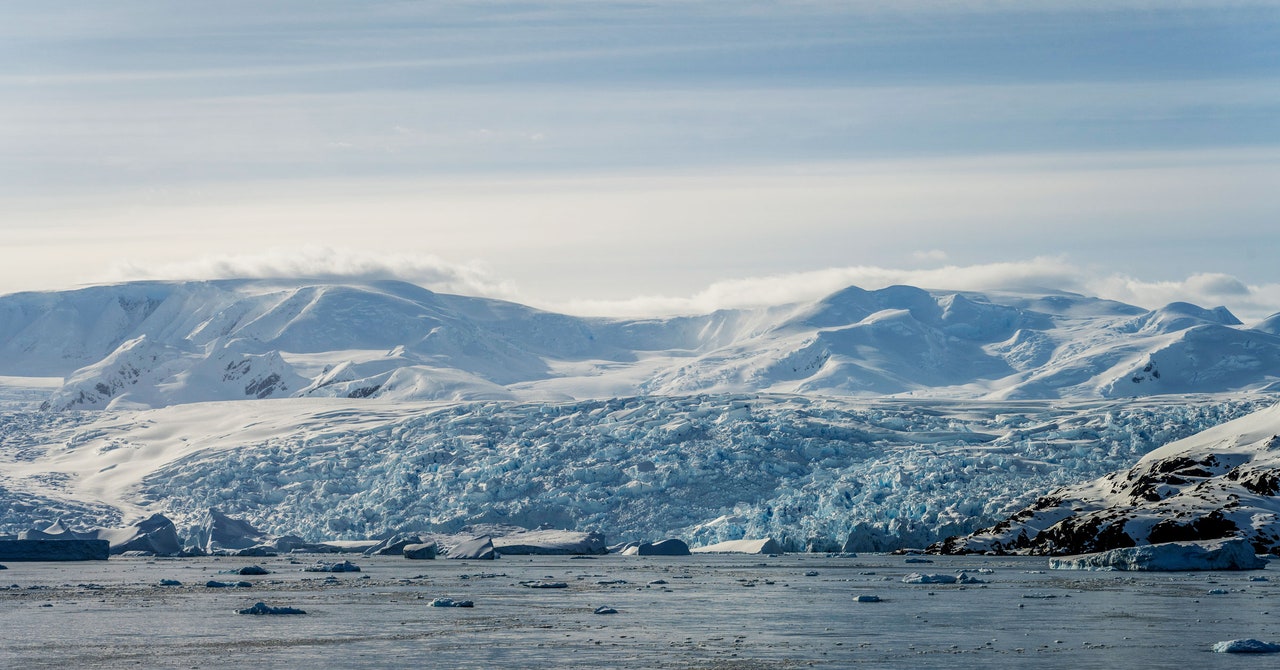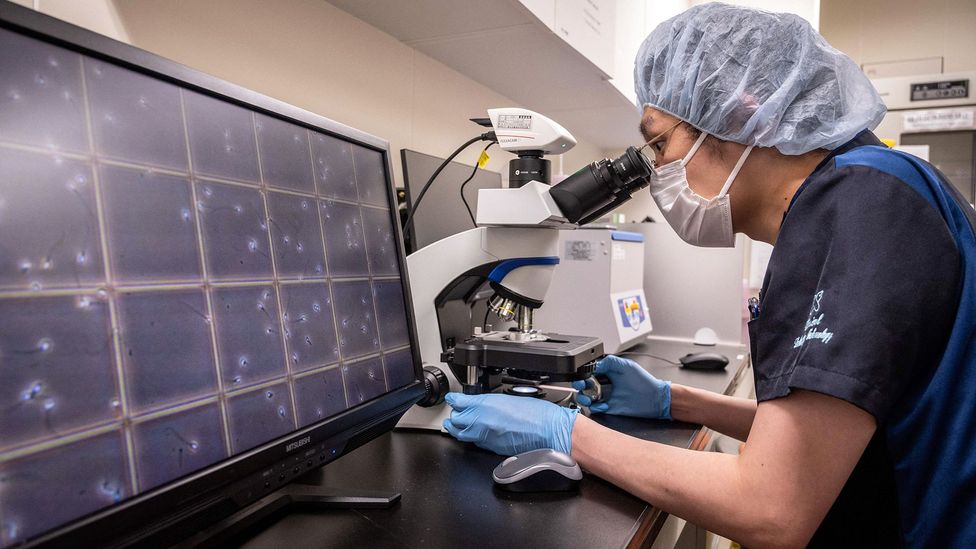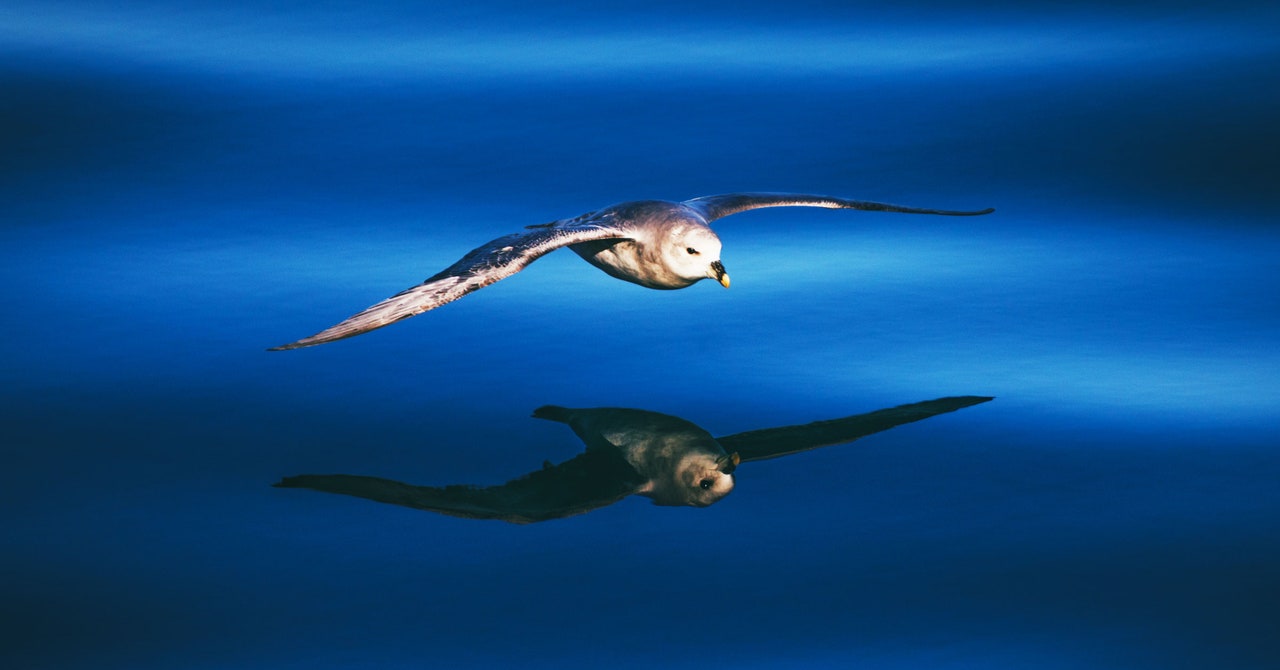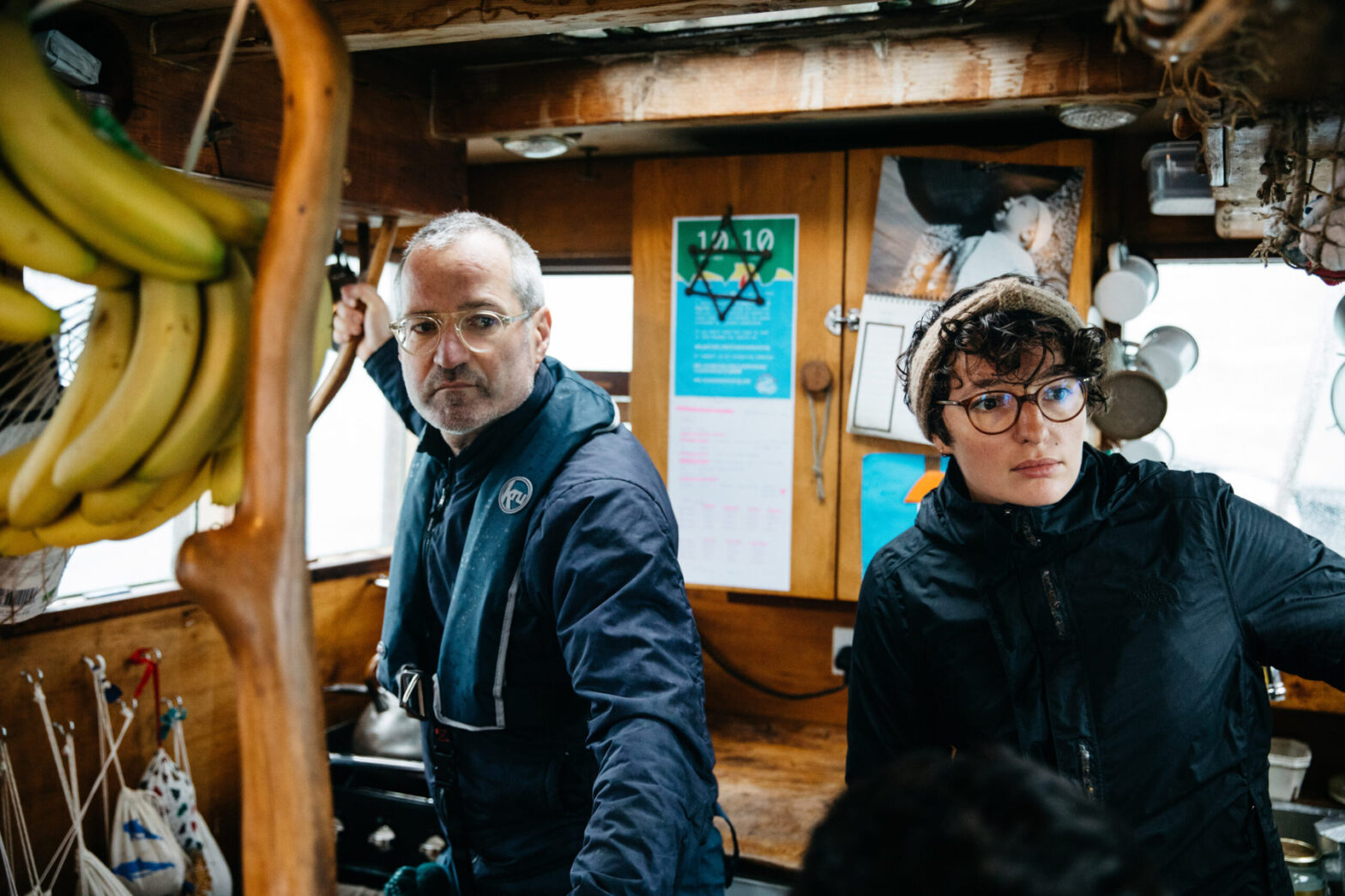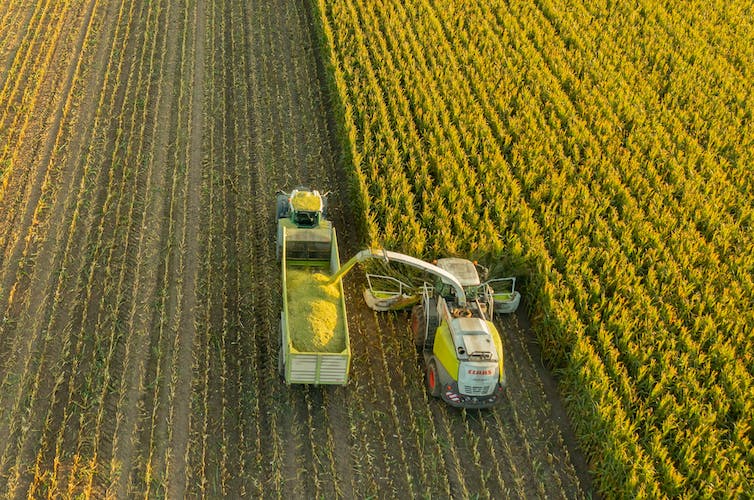There’s a common thread linking many of the high-profile chemical spills that have made headlines across the country lately: the oil and gas industry. Philadelphia residents were on high alert after the Trinseo latex plant 20 miles from the city released at least 8,100 gallons of acrylic polymers into a tributary for the Delaware River on March 24. Those acrylic polymers were made up of compounds known as butyl acrylate, ethyl acrylate, and methyl methacrylate; all are produced from fossil fuels.
Last month, East Palestine, Ohio, faced a Norfolk Southern train derailment with highly volatile toxic chemicals, including butyl acrylate and vinyl chloride — which is also derived from oil. On March 28, 10 barges, including one containing 1,400 metric tons of methanol — yup, you guessed it, made from oil or gas — broke loose in the Ohio River in Kentucky.
Many other incidents don’t make national news: The Guardian reported that the US has averaged a chemical accident every two days so far in 2023. Every year, there’s an average of 202 accidental chemical releases at facilities, according to EPA data.
This adds up to a major threat to water quality. “In the US, chemical exposure probably is the biggest threat to water quality, particularly drinking water quality, whether that is direct chemical exposure from facilities like what happened in Philadelphia or chemical exposure from products,” said Joel Tickner, who is a professor of public health at the University of Massachusetts Lowell and leads the nonprofit Green Chemistry & Commerce Council.
All these events are usually lumped together in the vague category of a chemical spill, but it’s important to get more specific than that. Petrochemicals — as this class of compounds are known — are ubiquitous today, used to make some form of the plastic found in detergents, cosmetics, clothing, packaging, and more. (The Trinseo plant near Philadelphia, for instance, was basically making paint.)
There’s a reason plastics and petrochemicals are in nearly everything. They’re dirt cheap — and useful. The industry has become extremely efficient at converting fossil fuels into sets of materials that are lighter in weight and pliable, making them as adaptable for medical equipment as they are for lip balm, nail polish, clothing, and single-use coffee cups.
But the adaptability comes at a cost. These chemicals can conceivably be produced and transported safely — at least on paper. But the volume of accidents shows how often they aren’t. In 2022, according to federal data, there were more than 20,000 recorded times hazardous materials caused injury, accidents, or death while in transit. “It’s a very risky chain every step of the way,” said Judith Enck, a former regional EPA administrator and president of the advocacy group Beyond Plastics.
Those risks aren’t going away anytime soon. Petrochemical production in the US is booming, derived from the larger boom in US oil and gas supply. And the industry’s broadening footprint means more communities are coming in direct contact with carcinogens and endocrine-disruptors that affect humans and animals in ways scientists still don’t fully understand. Most of the time, people aren’t coming into contact with petrochemicals through train derailments, but in more mundane ways.
From fossil fuels to plastics: The full life cycle of petrochemicals takes a dangerous toll
The final form of plastic you buy at the store may be relatively harmless, but the building blocks it’s made up of are often hazardous to human and animal health. “Oil and gas is the basis of most of our chemistry,” Tickner said. “We built most of our modern chemistry on these seven fairly toxic, challenging chemicals and then you essentially iterate off of those.”
Those seven basic chemicals are methanol, ethylene, propylene, butadiene, benzene, toluene, and xylene, and they can pose a variety of risks. Benzene, for instance, is a known carcinogen. Eventually, benzene may be transformed into something as benign as food packaging, but “that plastic that you have bought has a history somewhere else,” Tickner said. The manufacturing “might go back to a community in Louisiana that is highly exposed to benzene or ethylene oxide or some other material.”
There are more than 11,000 facilities that store, use, or handle hazardous materials in the US, according to the Government Accountability Office. But they tend to be concentrated in a few parts of the country, often in or near communities of color. Louisiana, the Ohio River Valley, and Texas have all seen expansion of petrochemical plants. The map below from Oil and Gas Watch shows the zoomed-out landscape for proposed and operating petrochemical facilities (yellow dots) and their pipelines (yellow lines) across the US:
A map maintained by the Envronmental Integrity Project shows operating petrochemical plants throughout the US. Oil Watch, Environmental Integrity Project
It’s cheap oil and gas that has helped fuel the rise in chemicals manufacturing. Traditionally, most plastics have come from imported petroleum, but fracking and expanded drilling have given rise to a domestic petrochemicals industry. The 2010s were a decade of historically low natural gas prices, and the cheap fuel made plastics an even more attractive proposition.
These chemicals are produced in a variety of ways, but today the biggest proposed expansion in the US is in ethane cracker plants. These are facilities that use high heat capable of breaking (or “cracking”) the bonds in natural gas’s methane to produce ethane. That ethane is then used to create a huge array of plastics.
One of the products that come from cracking ethylene is vinyl chloride, the same chemical that the derailed train carried in East Palestine. It’s transported as a chilled liquid, but when exposed to the outdoors it becomes a highly explosive gas. The risk of an uncontrolled explosion led responders in East Palestine to vent the vinyl chloride and burn it, producing a black cloud of smoke over the town of 4,700. Residents now worry that the fallout from the smoke will lead to contaminated groundwater in the years to come.
Carnegie Mellon professor of green chemistry Terry Collins noted that the steady rise in petrochemicals nationwide is making it increasingly difficult to keep drinking water safe. Some plastics and petrochemicals mimic hormone molecules found in our bodies and can therefore interrupt growth and development, especially in children. “We’ve got this going on galore,” Collins said.
Everyday exposure to petrochemicals production is a reality for many
As the East Palestine incident highlighted, there’s no completely foolproof way to process and transport these highly flammable and corrosive chemicals. Trains can derail, and pipelines can rupture.
But controlled burns, like the one in East Palestine, happen regularly at petrochemicals plants.
Rachel Meyer, an Ohio River Valley field coordinator for the environmental advocacy group Moms Clean Air Force, has seen just how common it is for a facility to flare its chemicals to avoid any fires or explosions. She lives at the center of fracking operations and petrochemical plants in southwestern Pennsylvania. She is 20 miles from the Norfolk Southern derailment but also a few miles from a giant new plastics plant, Shell’s Monaca facility in Beaver County, Pennsylvania.
A flare from Shell’s petrochemical plant in Monaca Pennsylvania lit up the night sky shortly after midnight on January 7, 2023, a period when the plant was experiencing equipment malfunctions. Shell has already exceeded its annual state permit for volatile organic chemicals in less than six months of operation. Andie Grey, Eyes on Shell
The giant Shell Monaca plant is less than six months old and, last month, the plant responded to malfunctioning equipment by flaring gas to avoid explosion. “It was so bright at nighttime,” Meyer said. “It was this reddish orange color. And I could see that on clouds all the way out where I am.” Residents have seen that glow from 17 miles away.
Environmental Integrity Project, a watchdog environmental group, notes the facility has already had 14 records of violations and 34 malfunctions from its construction and operating phase, and the plant already exceeded its annual limits for smog-forming air pollutants within its first few months of operation.
The Shell Monaca plant is one of the largest ethane plants yet to open in the US. Smaller incidents tend to be self-reported by companies, often with a lag time so residents don’t immediately know the reason why the air may smell or there’s an orange nighttime sky.
There are many paths to protecting the public from petrochemicals’ harms. Of course, more work can be done to prevent accidents and promote train safety, while also taking risk management seriously. But safety also starts with rethinking our petrochemicals reliance entirely.
Train derailments, routine flaring, and equipment failures show a far darker side than the oil and gas industry usually lets on. From the industry’s view, plastics and petrochemicals will ensure demand for oil and gas for decades, even as the US transitions away from gasoline-powered transportation.
All these incidents showcase how the impacts from plastics seep into our lives long before they’re tossed into the trash.
We have a request
Vox’s journalism is free because we believe that everyone deserves to understand the world that they live in. That kind of knowledge helps create better citizens, neighbors, friends, parents, consumers and stewards of this planet. In short, understanding benefits everyone. You can join in on this mission by making a financial gift to Vox today. Reader support helps keep our work free, for everyone. Will you join us?

